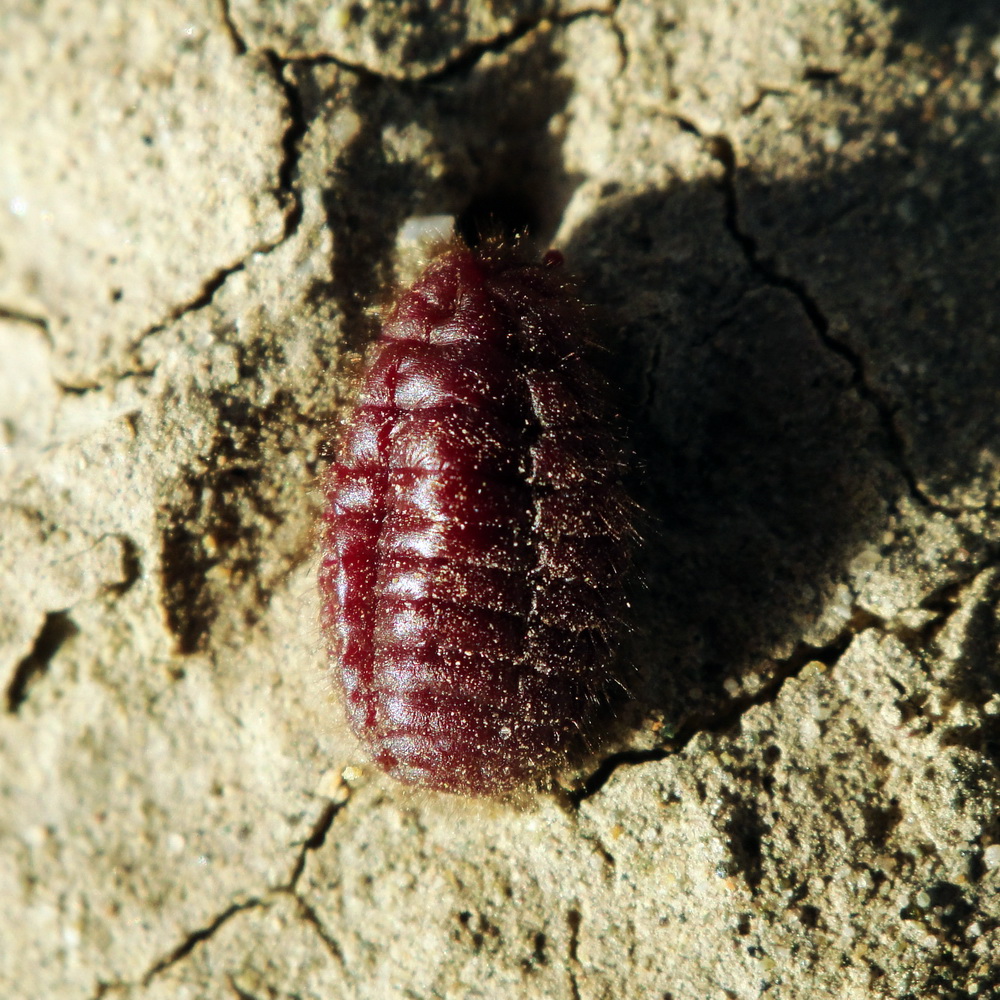Cochineal (AKA Carmine): The Red Food Coloring from Insects

Do you remember back in 2012 when Starbucks came under fire for their pink and red products? The Red Velvet Whoopie Pie and the Strawberries & Cream Frappuccino were two of the victims of the media blast. Apparently, Starbucks had been using an ingredient called carmine to color its drinks.
So what, you may ask? What’s the big deal – there are many foods that, for better or worse, are artificially colored. After all, no one wants a milkshake that’s the actual color of strawberries, am I right?
Carmine is a natural food coloring. It’s unlike Red #3 or Red #40 in that it’s derived wholly from natural ingredients. You know, the ones found in nature. Insects.
Yes. Insects. That’s the big deal.
What is Carmine?
Carmine, as you now know, is a natural red food coloring which is made from insects. It has a cousin called cochineal, and it’s been used for centuries.
Carmine is created by grinding the carcasses of a South American bug, the Dactylopius coccus. The result is a wholly non-toxic, all-natural, deep red colorant. That colorant is used in food widely, as well as in shampoos, toothpastes, candies and other common household products.
Carmine and cochineal dyes have been used since the Aztec and Mayan civilizations. In the 17th century, it was a European commodity, traded to such faraway lands as India. In the 20th century, its production slowed to almost a halt, as there were colorants which were cheaper to make than carmine. However, it’s increasing in value today as a non-carcinogenic food additive alternative.
Is Cochineal Bad for You?
No. Unless you have an allergy to the insect which is used to create it, cochineal is not in any way harmful to your health. The insects are just that, and consuming carmine is akin to eating a lobster. After all, what is a lobster but a huge sea bug, right?
When the Starbucks story first made the news people were, perhaps understandably, a bit freaked out. There are bugs in my overpriced milkshake? Say it ain’t so… But in all reality, there’s nothing harmful about it at all. In fact, it’s much healthier than its Red #40 alternative.
Regulations on Carmine and Cochineal
You’ve probably already figured out that if you’re vegan or vegetarian, you’ll need to steer clear of foods that contain carmine and cochineal. But what does the government say? Is carmine regulated in any way?
In the United States, it was declared law in 2009 that manufacturers list, by name, these ingredients. Carmine and cochineal extract must be clearly indicated as ingredients on food packaging. The consensus was that there were too many allergies, and too many people with other concerns. In short, people deserved to know what they were getting into.
The UK, as a whole, dislikes the addition of artificial (or natural) colorants into the foods of its citizens. Carmine is permitted for use in food products, as long as the quantities adhere to the regulations already established for colorants.
Is the thought of eating crushed insects entirely unappealing? Probably. Is it dangerous? Not in the least. There is absolutely no evidence of this ingredient causing any ill effects. Whether you choose to consume it is, of course, entirely up to you!